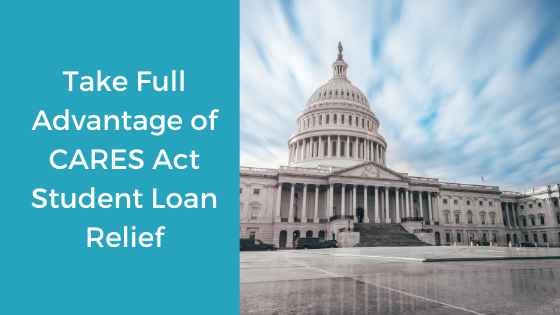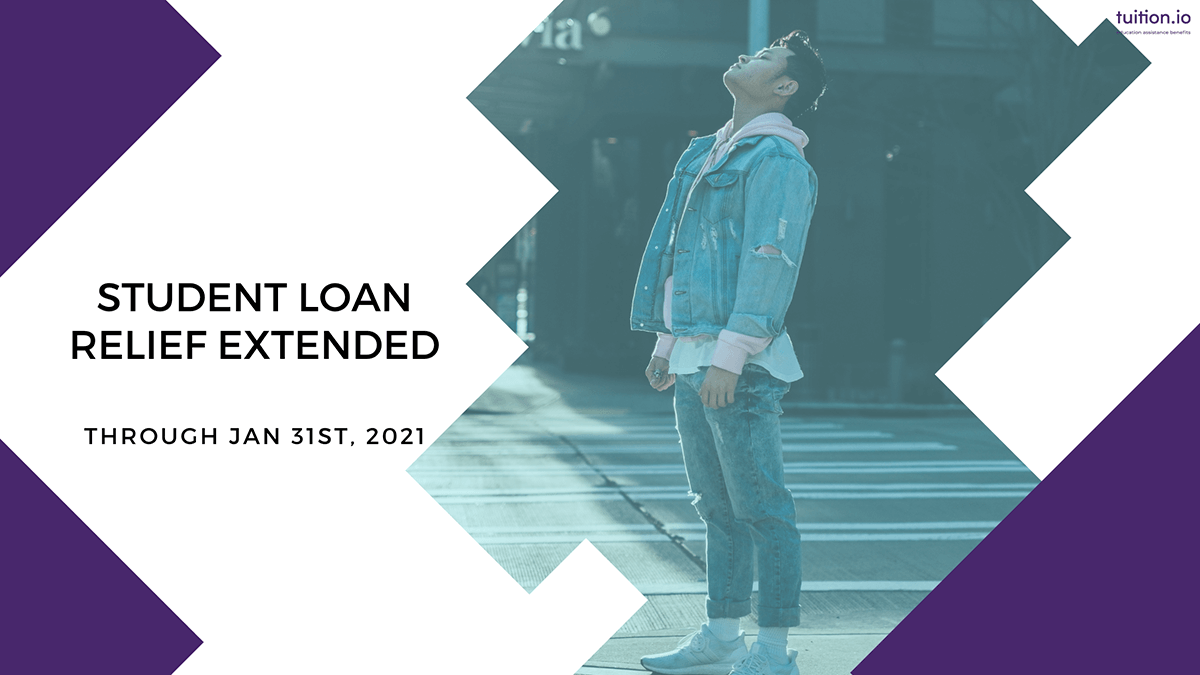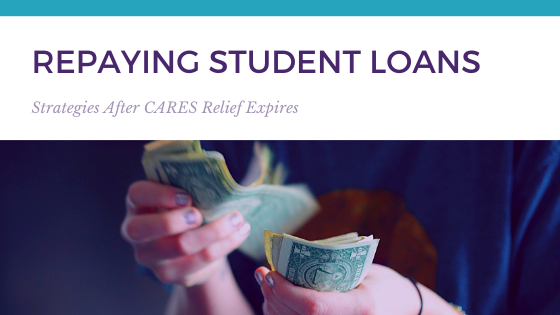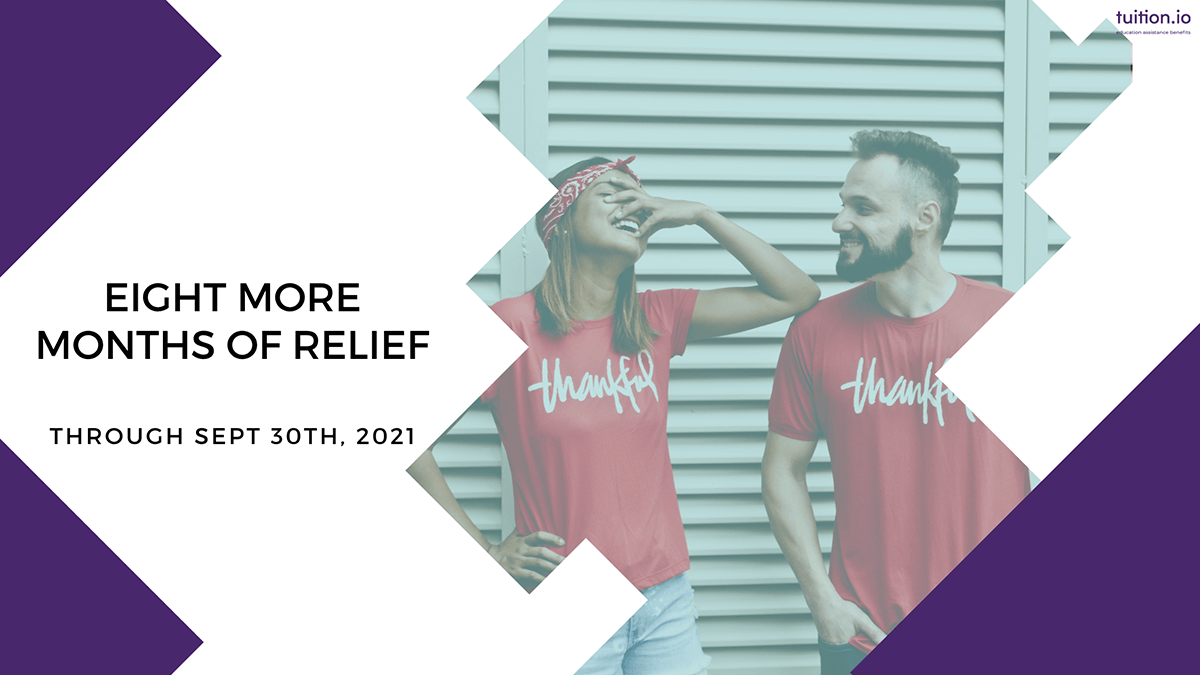Student Loan Relief Extended through January 2021
The temporary student loan relief included in the CARES Act has been extended through 1/31/2021. The extension helps address borrower concerns during...

Please note an executive order signed 08/08/2020 continues the student loan relief through 12/31/2020. We updated the article to reflect the new expiration date of specific relief measures.
The CARES Act passed March 27th, 2020. The stimulus package provides relief during this challenging time. The good news is that the CARES Act includes help for borrowers with student loans owned by the Department of Education. In this post you’ll find out what you need to do to take full advantage of the student loan relief provisions in the CARES Act.
The student loan relief outlined in the CARES Act and extended by the executive order applies to federal student loans only. Some of the provisions, specifically the interest waiver, only apply to federal student loans owned by the Department of Education. If you have private student loans and need assistance, contact your servicer to see if they can help.
You don’t have to do anything. All eligible federal student loans owned and held by the Department of Education (all Direct loans but only some FFEL & Perkins loans) will have the interest rate changed to 0%. Payments and auto-debits on federal student loans will be stopped automatically through 12/31/2020.
Contact your student loan servicer and ask them if all of the loans they hold qualify for the waiver. All Federal Direct Loans qualify but only some FFEL and Perkins loans qualify. You don’t need to do anything to have your interest waived on eligible loans. If your student loans are private, they don’t qualify for the interest waiver instituted by the CARES Act.
If you have FFEL or Perkins loans that are ineligible for the interest waiver, consider applying for a Direct Consolidation Loan. This will consolidate all existing loans into one loan and transfer ownership to the Department of Education. *Please note that if you are pursuing Income-Driven Loan forgiveness and you consolidate your FFEL loans, any progress toward the required 25 years of repayment will start over. Consolidation may also remove any benefits you may have received on Perkins loans.
You don’t have to do anything. During this period of administrative forbearance if you were already on an eligible repayment plan, you will still be making progress toward any of the three federal loan forgiveness programs. The federal loan forgiveness programs are Public Service Loan Forgiveness (PSLF), Income-Driven Loan Forgiveness (IDLF), and Teacher Loan Forgiveness (TLF).
Now could be a good time to refinance private student loans because interest rates are currently low. The interest waiver effectively brings interest to 0%. But if your goal is to repay your federal student loans ASAP, you can’t beat a 0% interest rate so it doesn’t make sense to refinance before January 1st 2021.
You need to take action to keep making payments on your student loans. It makes sense to continue making payments if you’re trying to repay your loans quickly and can afford to do so. Making payments right now will help you pay your loan off even faster. You can contact your servicer to reinstate your autopay or you can manually make payments during the 6 month suspension period.
Learn about income-driven loan forgiveness with this post.
Coach Q&A: Refinancing Parent PLUS Loans
Coach Q&A: Tax refund interception to pay defaulted loans

The temporary student loan relief included in the CARES Act has been extended through 1/31/2021. The extension helps address borrower concerns during...

Please note an executive order signed 08/08/2020 continues the student loan relief through 12/31/2020. This article has been updated to reflect the...

Updated to reflect extension of relief through January 31st, 2022. This article is a quick reminder of the temporary relief initiatives and how you...